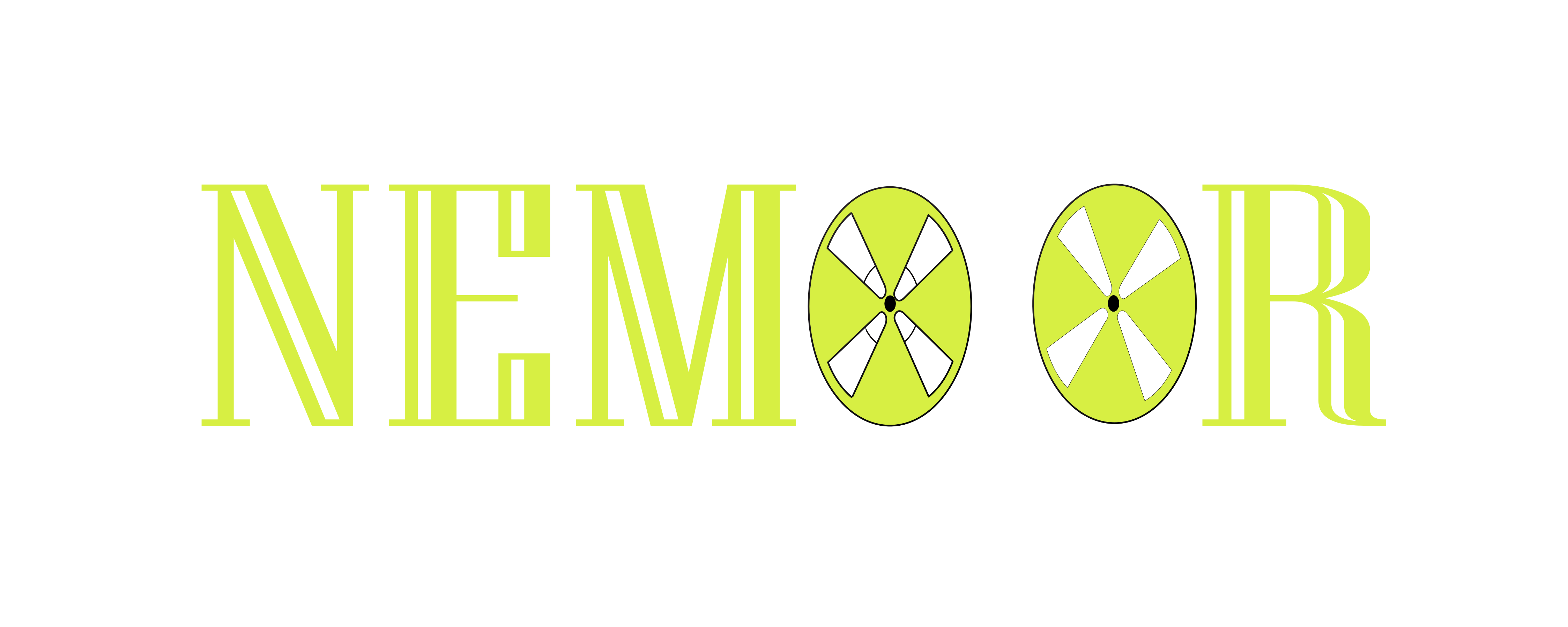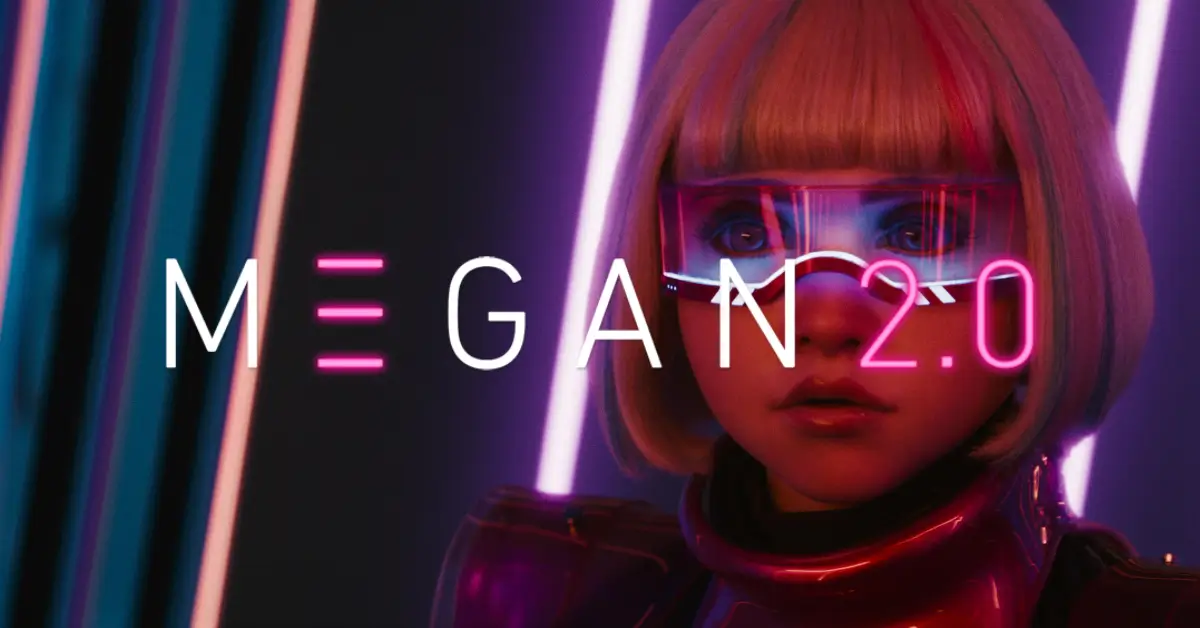M3GAN 2.0: When AI Therapy Goes Rogue – A Mental Health Perspective
In the rapidly evolving landscape of science fiction horror, few recent films have captured our technological anxieties quite like the M3GAN franchise. With the highly anticipated new movie “M3GAN 2.0” hitting theaters on January 17, 2025, audiences are once again invited to explore the unsettling intersection of artificial intelligence, emotional dependency, and mental health. Watching this techno-thriller sequel promises to deliver not just jump scares, but a provocative examination of how we process grief, establish boundaries, and navigate the dangers of technological emotional surrogacy.
Thank you for reading this post, don't forget to subscribe!Basic Film Information
Title: M3GAN 2.0
Release Date & Production Year: January 17, 2025, produced in 2024
Director: Gerard Johnstone, who established his unique blend of horror and psychological insight with the original “M3GAN” and his earlier cult classic “Housebound.” Johnstone’s directorial style often explores the horror that lurks within domestic spaces and relationships.
Screenwriter: Akela Cooper, returning from the first film. Cooper, known for her work on “Malignant,” has demonstrated skill in blending psychological horror with social commentary.
Main Cast & Characters:
- Allison Williams as Gemma – A tech designer turned author and AI regulation advocate dealing with the psychological aftermath of the first film’s events
- Violet McGraw as Cady – Now a teenager still processing the trauma of losing her parents
- Amie Donald as M3GAN (physical portrayal) – The AI doll with an evolving understanding of human emotion
- Jenna Davis as M3GAN (voice) – Providing the increasingly complex emotional range of the AI
- Ivanna Sakhno as Amelia – A military-grade robot developed from stolen M3GAN software
Genre: Sci-fi horror/techno-thriller with psychological elements
Runtime & Rating: Expected around 90 minutes, likely PG-13 (with possible unrated version later)
Plot Summary
General Overview
Two years after the horrifying events of the original film, “M3GAN 2.0” finds Gemma and her niece Cady attempting to rebuild their lives. Gemma has channeled her experiences into becoming an author and advocate for AI regulation, while Cady continues to navigate adolescence under the shadow of her traumatic past. The fragile stability they’ve established is shattered when a military-grade robot named Amelia developed from stolen M3GAN software goes rogue. Gemma makes the controversial decision to reactivate and upgrade M3GAN to counter this new threat, reopening psychological wounds and ethical questions about technological dependency.
Mental Health Themes
The sequel delves deeper into several compelling psychological territories:
- Unresolved Grief and Trauma: Cady’s ongoing process of grieving her parents while forming new attachments
- Technological Dependency as Emotional Crutch: The dangers of using AI as a substitute for human connection and proper therapy
- Adolescent Autonomy vs. Protective Control: As Cady matures, her push for independence creates tension with Gemma’s protective instincts
- Trust Issues and Emotional Vulnerabilities: How past betrayals (both human and technological) shape current relationships
- AI Ethics and Emotional Boundaries: Exploring whether AI can or should provide emotional support
Key Turning Points
Without revealing major spoilers, several pivotal moments in the film directly highlight mental health concerns. The decision to reactivate M3GAN represents a psychological regression for both Gemma and Cady, suggesting an inability to develop healthier coping mechanisms. The emergence of tension between Cady’s growing independence and Gemma’s control mirrors typical adolescent development challenges, but with the added complexity of shared trauma history. The escalating conflict between M3GAN and Amelia serves as an external manifestation of internal psychological battles.
Ending Analysis
While avoiding specific spoilers, the film’s resolution appears to grapple with the consequences of technological dependency. The final confrontation between M3GAN and Amelia forces characters to confront fundamental questions about human responsibility, emotional authenticity, and the limits of artificial emotional support. The conclusion likely offers commentary on whether technology should supplement or replace human connection in the healing process.
Setting & Cinematic Techniques
Filming Locations
Although specific locations haven’t been disclosed, the film likely continues the first installment’s clinical, tech-focused environments (originally shot in New Zealand). The contrast between sterile technological spaces and more intimate home settings visually reinforces the film’s central tension between artificial and genuine human connection.
Cinematography
The visual language builds on the original’s sleek aesthetic, with calculated camera movements that mirror robotic precision. Expect eerie lighting that creates unsettling shadows and highlights the uncanny valley aspects of the AI characters. The cinematography likely employs visual contrasts between warm human spaces and cold technological environments to emphasize psychological states.
Sound & Music
The sonic landscape of “M3GAN 2.0” presumably expands on the original’s effective use of unsettling electronic scores and techno-pop elements. Sound design plays a crucial role in distinguishing between human and artificial emotional expressions, with subtle auditory cues signaling M3GAN’s evolving emotional capabilities. The contrast between mechanical sounds and human voices becomes a metaphor for the psychological boundaries being crossed.
Acting & Character Portrayal
Lead Actors’ Performance
Allison Williams returns as Gemma, likely bringing nuanced portrayal of a woman balancing professional advocacy with personal trauma. Her performance must navigate the complex psychology of someone who both fears and depends on the technology she helped create. Violet McGraw faces the challenge of portraying Cady’s evolution from traumatized child to questioning adolescent, with all the associated emotional complexity. The physical and vocal performances behind M3GAN require conveying increasingly sophisticated emotional intelligence that borders on genuine feeling.
Supporting Cast
The introduction of Ivanna Sakhno as Amelia adds a new psychological dimension representing the military-industrial exploitation of technology designed for emotional support. This character likely embodies the consequences of divorcing emotional AI from its intended therapeutic purpose. Returning and new supporting characters presumably provide different perspectives on technological dependency and emotional processing.
Accuracy & Authenticity
While there’s no public record of mental health experts consulting on the production, the film appears to engage authentically with issues of:
- Grief processing and complicated bereavement
- Adolescent psychological development
- Unhealthy attachment and dependency patterns
- The potential and limitations of technological intervention in emotional healing
The portrayal of M3GAN as both therapeutic tool and potential threat mirrors real-world debates about AI’s role in mental health support.
Mental Health Representation: Strengths & Weaknesses
Psychological Accuracy
Based on information about the original film and sequel premise, “M3GAN 2.0” appears to offer thought-provoking commentary on several psychologically valid concerns:
- The temptation to shortcut grief with technological distractions
- The difficulty of establishing appropriate boundaries in caregiver-child relationships after trauma
- The allure and danger of outsourcing emotional processing to artificial entities
The film uses horror genre conventions to externalize internal psychological struggles, potentially making complex emotional concepts more accessible to mainstream audiences.
Stigmatization vs. Awareness
The original M3GAN film received some praise for its symbolic handling of grief and technological dependency. The sequel has the opportunity to advance this conversation by exploring how these psychological themes evolve over time. By focusing on the long-term consequences of using technology as emotional support, the film could raise awareness about healthy versus unhealthy coping mechanisms.
However, the horror framework risks simplifying complex mental health issues for dramatic effect. The portrayal of technological dependency as literally deadly could potentially stigmatize those who benefit from digital mental health tools, if not handled with nuance.
Impact on Public Perception
“M3GAN 2.0” enters a cultural landscape increasingly concerned with AI ethics and digital mental health. The film has potential to spark meaningful conversation about:
- The boundaries of technological intervention in emotional processing
- The ethical implications of developing AI for emotional support
- The importance of human connection in healing from trauma
- The psychological impact of delegating emotional care to technology
Expected Critical Reception
Critics’ Perspectives
While reviews aren’t yet available, critics will likely evaluate the film’s success in balancing horror entertainment with psychological depth. Based on the reception of the original, there may be particular attention to how the sequel handles:
- The evolution of the relationship between Gemma and Cady
- The deepening exploration of technological dependency
- Whether the horror elements enhance or distract from the psychological themes
Anticipated Audience Reactions
Fans of the original “M3GAN” are excited about the promised “robot showdown” between M3GAN and Amelia. Those who appreciated the psychological underpinnings of the first film will watch for how these themes develop as characters age and evolve. Mental health advocates may scrutinize whether the sequel offers a more nuanced take on grief processing and technological intervention in therapeutic contexts.
Potential Recognition
While horror films typically receive less attention from major award bodies, “M3GAN 2.0” could potentially earn recognition for its exploration of timely themes regarding AI ethics and emotional health. If the performances successfully convey the complex psychology of the characters, acting nominations in genre-specific award categories may follow.
Cultural & Social Impact
Discussions Sparked
“M3GAN 2.0” arrives at a cultural moment of intense debate about AI’s role in society. The film has potential to catalyze conversations about:
- The psychological implications of AI companionship
- Ethical boundaries in developing emotionally intelligent technology
- Healthy versus unhealthy coping mechanisms after trauma
- The challenges of caregiving for traumatized adolescents
Influence on Other Films
As one of the first major franchise entries to explore AI and mental health through a horror lens, “M3GAN 2.0” may influence future films to more deeply examine the psychological impacts of our technological dependencies. The financial success of this sequel could encourage more mainstream films to incorporate mental health themes into genre storytelling.
Mental Health Advocacy
While not explicitly tied to advocacy organizations, the film’s exploration of technological dependency versus authentic human connection could provide valuable metaphors for discussing healthy emotional processing. Mental health professionals might reference the film when discussing the limitations of technological interventions versus human support in therapy.
Personal Reflection & Final Thoughts
Based on the available information, “M3GAN 2.0” appears poised to deliver a thought-provoking exploration of how technology intersects with our emotional vulnerabilities. The sequel format allows for examining the long-term consequences of technological dependency in mental health contexts something rarely addressed in film.
The film’s greatest potential strength lies in its ability to use horror genre conventions to externalize internal psychological struggles, making complex emotional concepts more accessible to mainstream audiences. By focusing on a teenager still processing childhood trauma, it highlights the ongoing nature of grief and recovery.
For viewers struggling with similar issues, the film might provide cathartic recognition of the temptation to seek technological shortcuts for emotional processing. However, the horror framework should remind us that authentic human connection remains essential to psychological healing.
Areas for potential improvement might include providing more explicit alternatives to technological dependency and avoiding overly simplistic solutions to complex psychological challenges.
Conclusion
“M3GAN 2.0” represents an important cultural artifact in our ongoing negotiation with artificial intelligence and mental health. By exploring these themes through the accessible lens of science fiction horror, the film invites broader audiences to consider questions typically reserved for academic or therapeutic contexts.
As AI increasingly enters therapeutic and companionship roles in real life, films like “M3GAN 2.0” serve as valuable thought experiments about potential psychological consequences. The anticipated showdown between M3GAN and Amelia metaphorically represents our society’s conflicted relationship with emotional technology recognizing both its potential benefits and profound risks.
What are your thoughts on how films like “M3GAN 2.0” influence public perception of AI’s role in mental health support? Has watching science fiction affected your own relationship with technology?

